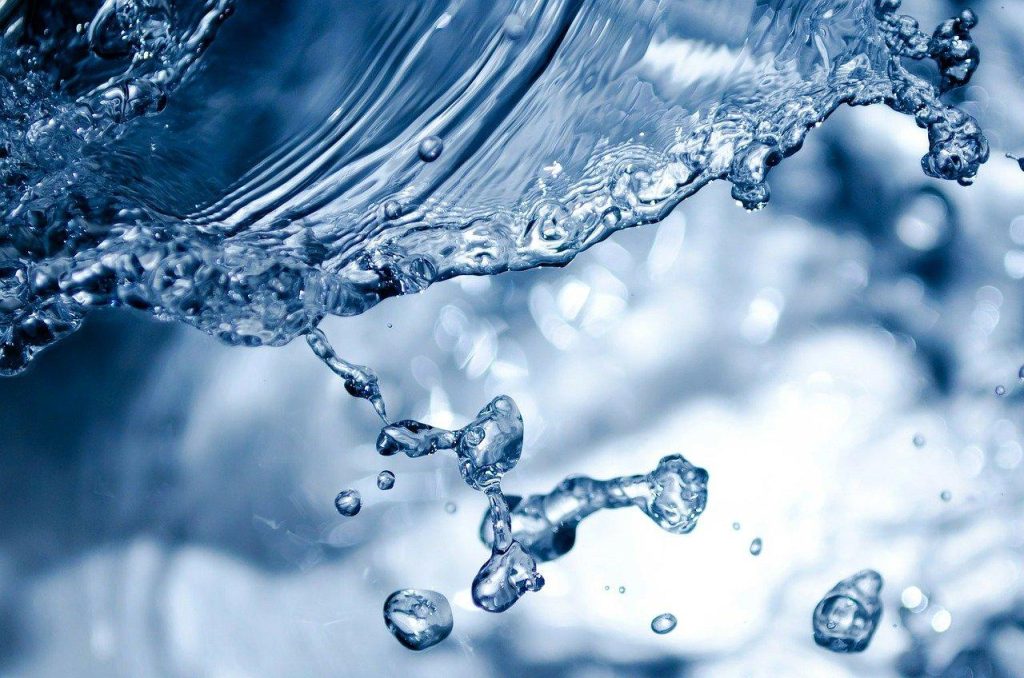[ad_1]

I asked LFS owners in my area what they thought was the most primary concept beginners had a hard time grasping. The initial response was understanding the different tiers of water parameters and the correct responses to maintain them. It is true that half of our whole hobby is just “Maintaining Water”. The other half is biologically-related: understanding nutrition, pest/disease remediation, and other health-related topics. It is definitely not just a box with water and to throw livestock in. Learning this information is the minimum effort to enter into the hobby. To guide them in the correct direction, a break down of the plethora of information may be required. If people are not willing to learn what is necessary, then just have them install a screen saver or watch a video.
So this is a summary of what I consider Tier 1, Basic Water Parameters. This is to simplify and quickly explain how this data is collected for proper monitoring and the response needed to keep it in the suggested range. Stability is the goal, all changes should be gradual, and below are my preferred tools to provide digital readouts to avoid subjective color interpretation. This is the bare minimum level of entry into this hobby.
Tier 1 (Basics) –
-
RO/DI Water Total Dissolved Solids (TDS)
- The base of your water should be as clean as possible to avoid introducing contaminants as the very 1st step.
- The type of filtration system will depend on the initial input source water, TDS value, and if it is treated with chloramines (Deionized Resin required)
- Measurement Option: TDS Probe/Meter
- Nominal Target = 0 parts per million (ppm)
- Remediation: Flush RO systems regularly and Change RO Filters and DI Resins as needed.
-
Temperature (Degrees Fahrenheit /Celsius)
- The tank water temperature (how hot or cold) should be maintained in a range which emulates the environment the livestock originated from for proper health and metabolism.
- Measurement Options: Properly Calibrated Thermometer or Temperature Probe/Monitor
- Range = 76-80 Degrees Fahrenheit / 24.4-26.6 Degrees Celsius
- Remediation – Install quality redundant heaters with controllers and keep the room environment at the same temperature range. In rare cases chillers may also be required.
-
Salinity
- Definition: Per the US EPA – Salinity is the dissolved salt content of a body of water. It is a strong contributor to conductivity and helps determine many aspects of the chemistry of natural water and the biological processes within it.
- Measurement Options: Properly Calibrated Handheld Refractometer (simplest) , digital refractometer, or Conductivity Probe Monitor
- Target = 35 parts per thousand (ppt) = 1.0264 s.g. = 53
- Note: Salinity is inversely proportional to Temperature. i.e. Lower Temperature –> Salinity slightly rises
- The amount of dry salt needed to raise the salinity depends on the brand of salt. Follow the instructions but be aware that the amount indicated may not be for 35 PPT.
- Remediation –
- Maintain with a Fresh Water Auto Top to compensate for evaporation
- Always water change equal amounts of new salt water measured with similar salinity and temperature
- Monitor for salt loss from salt creep – compensate by adding saltwater with higher salinity for gradual change.
-
pH
- Definition: Per the US Geological Survey Website, pH is a measure of how acidic/basic the water is. The range goes from 0 to 14, with 7 being neutral. pH of less than 7 indicates acidity, whereas a pH of greater than 7 indicates basic. The pH of water is a very important measurement concerning water quality.
- Measurement Options: Properly Calibrated Handheld digital pH Meter (simplest) , or pH Probe with Monitor (anything with a digital Readout is my preference)
- Ideal Range = 8.1-8.3
- Remediation –
- Maintain a well ventilated environment with low CO2
- Slow drip Dosing of Calcium Hydroxide (aka Kalkwasser) – (More of an Intermediate hobbyist activity)
Summary
Understanding all the above basics will support the #1 easiest way of maintaining water quality for the hardiest livestock. This assumes that you are performing water changes on a regular basis. The frequency of changes will depend on the water volume, bioload of the system, the feeding habits, and the efficiency of the filtration. This is the minimum cost of entry. The next article will dive into Tier 2 – Nutrients.
[ad_2]
Source link
